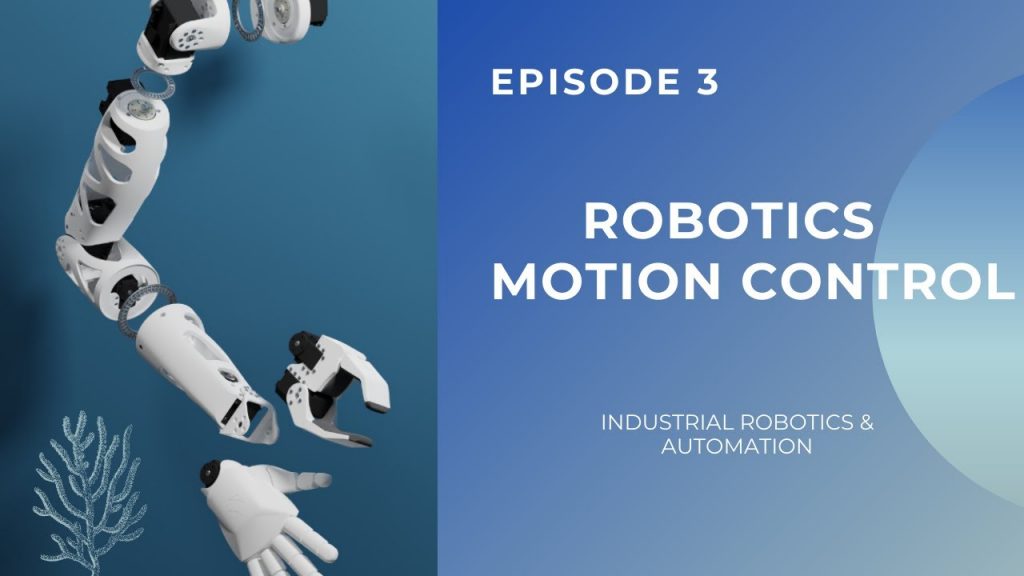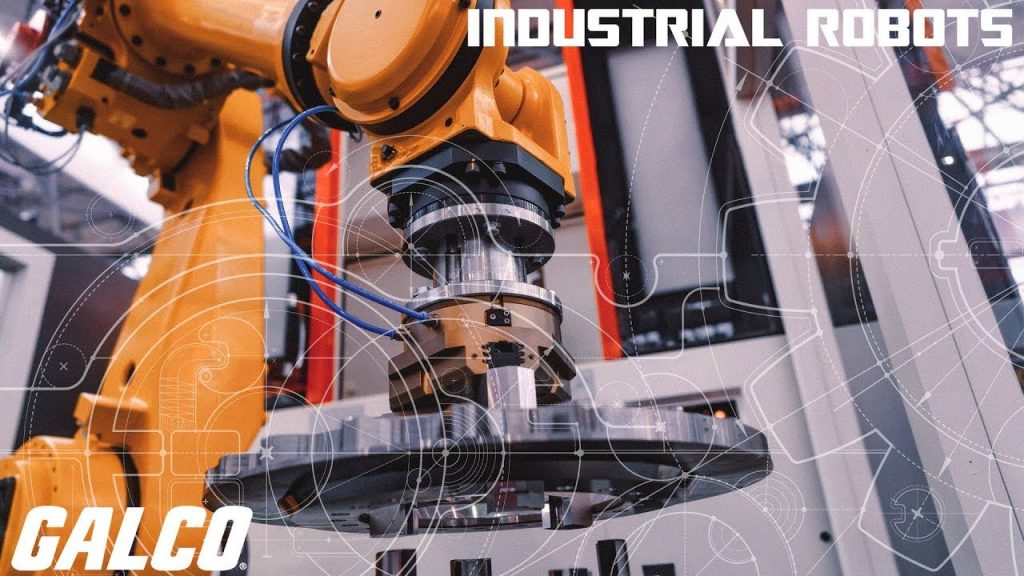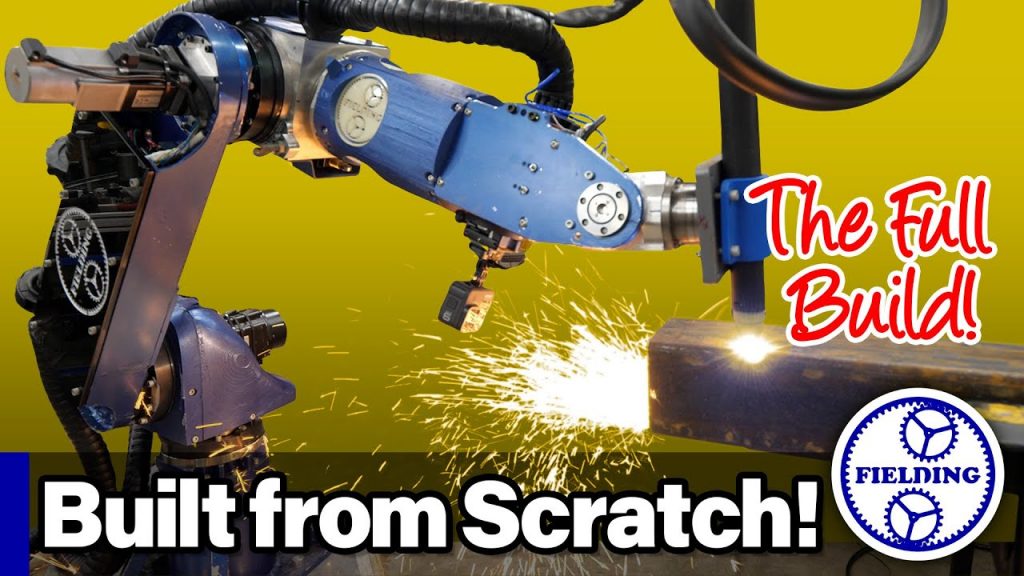In this YouTube video, we will delve into the fascinating world of robotics by exploring the various types of motion control and their impact on end effectors. Join us as we uncover the key elements of industrial robot types and their role in automation.
Motion control is an essential aspect of robotics, as it determines how a robot moves and interacts with its environment. Understanding different types of motion control is crucial for maximizing the capabilities of industrial robots.
Industrial robots come in various forms, each designed to perform specific tasks with precision and efficiency. These robots can be classified into different types based on their structure, such as articulated robots, cylindrical robots, SCARA robots, and Cartesian robots.
Articulated robots are known for their flexibility, as they consist of multiple joints connected by rotary actuators. These robots can mimic human-like movements and are often used in applications that require a wide range of motion, such as assembly lines and welding.
Cylindrical robots, on the other hand, have a fixed base and a single rotary joint at the top. They are ideal for tasks that involve handling objects in a circular or cylindrical motion, such as pick and place operations.
SCARA robots, which stands for Selective Compliance Assembly Robot Arm, are commonly used in assembly processes. They have a rigid structure with two parallel arms that can move vertically and horizontally, providing excellent precision and speed.
Cartesian robots, also known as gantry robots, operate on a three-dimensional Cartesian coordinate system. They have a rectangular shape and use linear actuators to move along the X, Y, and Z axes. These robots are often employed in applications that require precise positioning, such as packaging and material handling.
The type of motion control employed by these industrial robots directly impacts the end effectors, which are the tools or devices attached to the robot’s arm. End effectors can vary depending on the task at hand, ranging from grippers and suction cups to welding torches and cutting tools.
By understanding the different types of motion control, engineers can select the most suitable robot type and end effector combination for a particular application. This ensures optimal performance, increased productivity, and cost-effectiveness in industrial processes.
In conclusion, this YouTube video provides valuable insights into the world of industrial robotics and the various types of motion control. By exploring the different industrial robot types and their impact on end effectors, viewers can gain a deeper understanding of how robotics revolutionizes automation in various industries.
Check out the video for a comprehensive overview of industrial robot types and their applications in motion control and end effectors. Discover how these advanced technologies are shaping the future of automation.
Note: This article is for informational purposes only. For professional solutions and further information on industrial robot types, consider consulting leading manufacturers in the industry. Industrial Robot
“Exploring Industrial Robotics and Automation: Motion Types, End Effectors, and Robot Varieties Unveiled”



